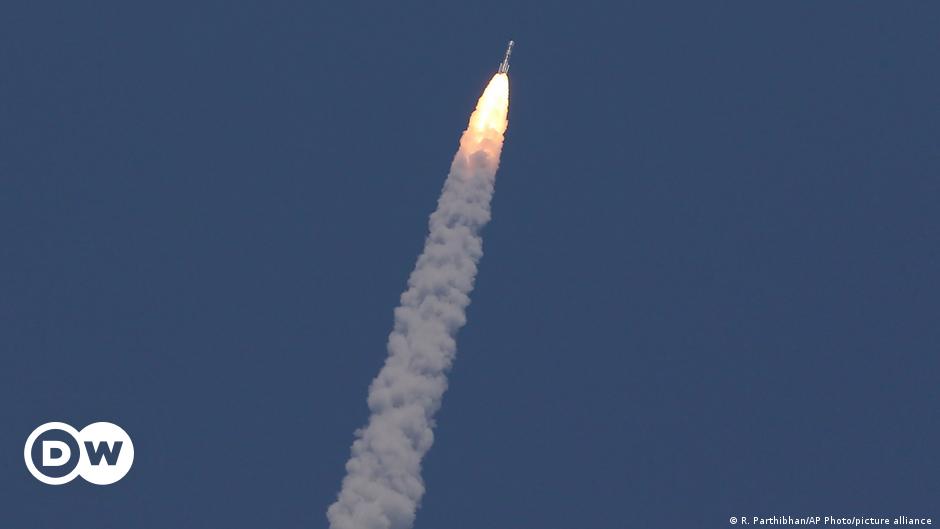India’s solar observation mission reached its destination on Saturday after a four-month journey through space.
The Aditya-L1 satellite will orbit the sun to study its outermost layers.
The solar observatory is stationed at the Lagrange Point, where the gravitational forces from the sun and the Earth cancel out, allowing it to remain in a stable halo orbit around the sun.
India’s Science and Technology Minister Jitendra Singh said the orbiter’s mission is “to discover the mysteries of sun-Earth connection.”
What is the Aditya-L1 mission about?
The Aditya-L1 satellite was launched in September and is expected to conduct remote sensing of the sun for five years. It was named after a Hindu sun deity.
It will study coronal mass ejections, a periodic phenomenon that sees huge discharges of plasma and magnetic energy from the sun’s atmosphere.
These bursts are so powerful they can reach the Earth and potentially disrupt the operations of satellites.
The satellite could also act as an early warning system for solar storms, with roughly a one hour advantage.
Modi hails ‘yet another landmark’
NASA and the European Space Agency have each sent numerous probes to the center of the solar system since the 1960s.
Japan and China have also launched solar observatory missions in orbit around Earth, rather than the sun.
But India’s Aditya-L1, which reportedly cost $48 million (€44 million), is the first mission by an Asian nation to orbit the sun.
“India creates yet another landmark. It is a testament to the relentless dedication of our scientists in realizing among the most complex and intricate space missions,” Prime Minister Narendra Modi said on social media.
India’s comparatively low-budget space program has raked up a number of firsts in recent years, including becoming the first Asian nation to orbit a craft around Mars in 2014 and the first country ever to land an uncrewed craft near the south pole of the moon in August 2023.
zc/lo (Reuters, AFP)









